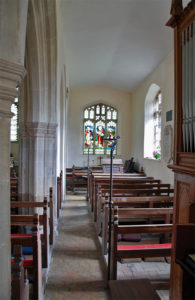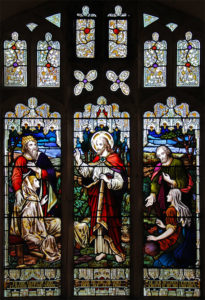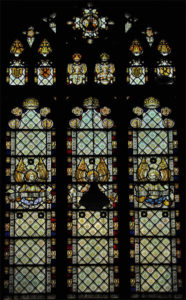Beachamwell St Mary








































































St Mary's church Beachamwell
Where to find this church
Church Information
St Mary’s church is located in the village of Beachamwell to the south-west of Swaffham. The village is sometimes also spelled Beechamwell.
This church is usually locked, but a keyholder is listed on the website
* denotes external links that open in a new window
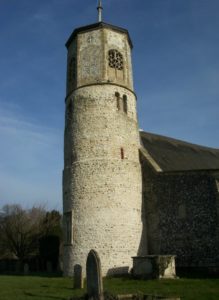
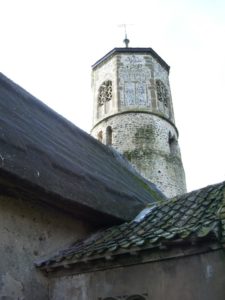
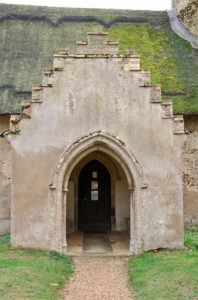
Visiting Beachamwell St Mary
St Mary’s in Beachamwell is another of the churches we urgently need to revisit. Firstly, the exterior photos are some of the oldest on the website, taken with one of my first digital cameras. Hence, the rather poor quality. And secondly, the interior photos which were taken on our second visit a couple of years later miss many of the important features of this beautiful church. The reason for this was that I tried to cover as many churches as possible in a very short time, having no time to capture every detail. This is a pity, but is mainly due to the fact that we are from Germany, and therefore cannot go churchcrawling in East Anglia every other week or so. That meant many more or less hurried visits to have at least some photos of every church. You can easily recognize the churches we have visited in later years by the quantity and the quality of the photos, when we took a lot more time to take them, and of course had better equipment. St Mary does unfortunately belong to the earlier category, so many important features are not included in the slideshow.
Beachamwell is small but pretty village not far away from the town of Swaffham, but nevertheless in a somewhat different world. The setting of the church on the western end of the large village green is really nice. It is surrounded by many pretty cottages, while the church itself is surrounded by the small graveyard bordered by a low flintstone wall.
This interesting round tower has an earlier circular part dating from the 12th century, with an elaborate octagonal belfry stage added in the 15th century. The four original double belfry openings are still visible near the top of the round part, and are in the typical 11th century style with those facing east and south having round headed arches made from flints, as are the jambs. The north and west sides have triangular heads made of Barnack stone set on their flint jambs. Barnack stone was not available until the 12th century. It seems likely that the tower, and also the original nave, were built in the 12th century, but built by pre-Conquest workmen using their old fashioned style. The present belfry stage was added in the 15th century, and has large bell-openings alternating with flushwork patterns of stone tracery in a blank window inset with cut flints. The ground floor west window was inserted about the same time.
There is a south aisle, added in the 14th century, but later extended eastwards to overlap the chancel in the 19th century. All round the church bigger and better windows now let in more light. The only porch is on the north side, which was added in the 15th century and has a stepped gable.
Inside at the west end of the arcade, built about 1342, facing south east on the end half-pillar, is some graffiti of a devil’s head carved into the stonework, known as the “Beachamwell Demon”. To its left is a list of building materials, and to the right are faint traces of a lady’s headwear. At the east end of the aisle is a curious chest/altar made of iron fretwork, pieces of metal all fused together, given in 1832.
On either side of the high altar, in the chancel, are memorial brasses set in the floor. To the north is the half figure of a priest, the Rev’d John Grymeston †1430. On the south is the full figure of a priest, dating to the late 14th century, possibly the Rev’d Thomas Chervyle, Rector 1349-84.
We missed the famous demon graffito and the brasses, but you get a rather good overview about the interior from the photos we have taken, while the most important details are unfortunately missing, as stated above.
Conclusion: another interesting church that urgently needs a revisit
